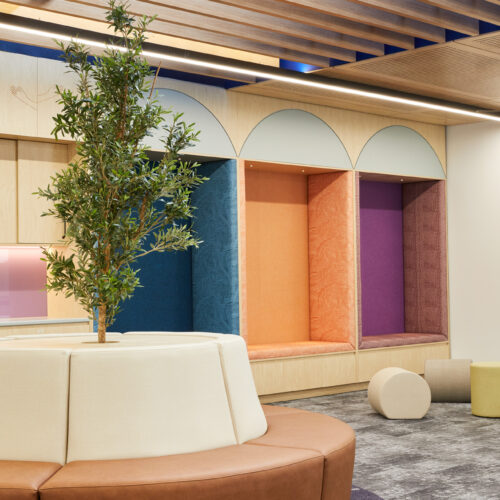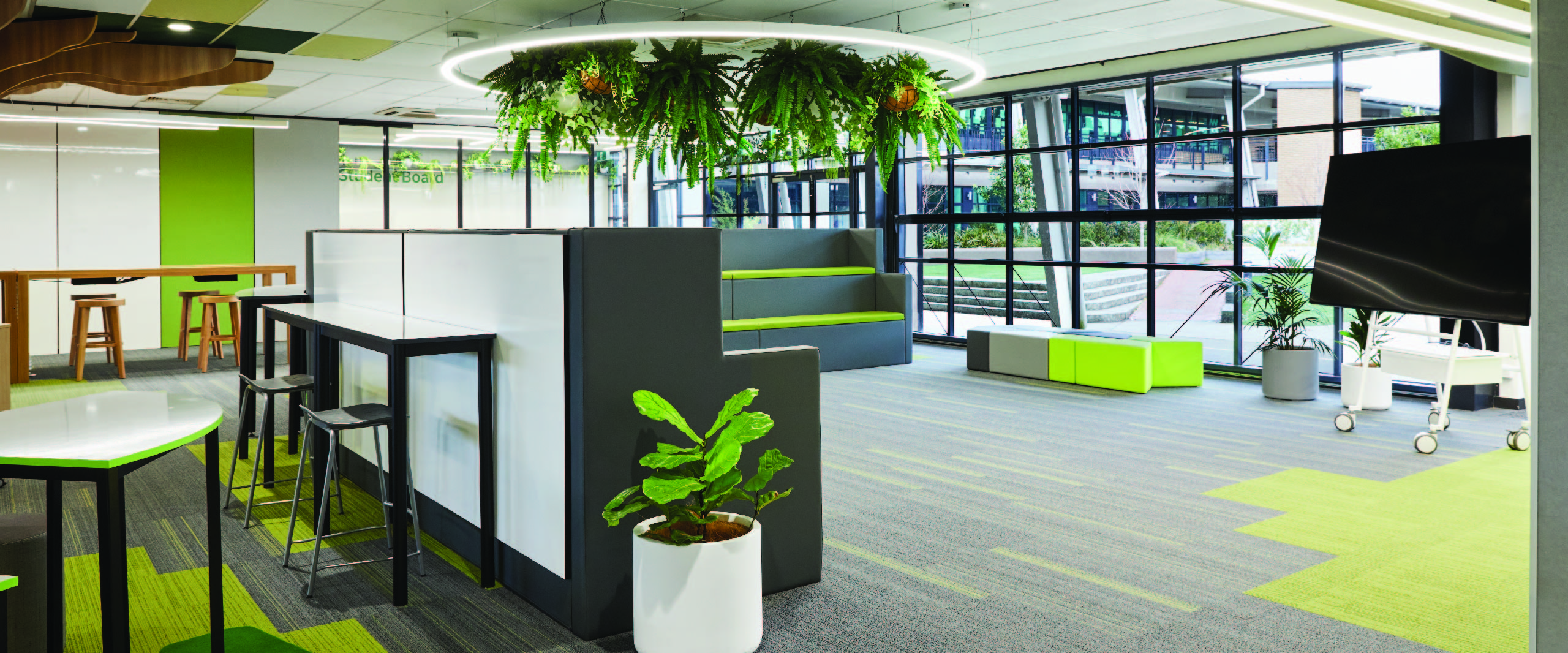Biophilic design, which incorporates elements of nature into interior design, has been proven to have numerous benefits for individuals, including increased focus and creativity, reduced stress levels, and improved overall well-being. As such, biophilic design has become increasingly popular in a range of settings, including classrooms and school spaces.
At Civic Australia, we are passionate about creating inspiring and engaging learning environments that go beyond traditional furniture solutions. Incorporating biophilic design principles into our designs is just one of the ways we achieve this.
Here are some of the advantages of using biophilic design in classrooms and school spaces:
1. Increased Focus and Creativity
Research has shown that exposure to natural elements, such as plants and sunlight, can improve cognitive function and increase creativity. Biophilic design can help students focus better and be more productive, leading to improved academic performance.
2. Improved Mental Health and Well-being
Incorporating biophilic design elements in classrooms and school spaces can reduce stress levels and improve overall well-being. Exposure to nature has been found to have a calming effect, which can help students feel more relaxed and engaged.

What is Biophilia?
Biophilia is the idea that humans have an innate desire to connect with nature and other forms of life. It suggests that people thrive in environments that incorporate elements of nature and that our well-being is closely linked to our relationship with the natural world.
Biophilic design is an approach to architecture and design that aims to create spaces that enhance the connection between humans and nature. This is achieved by incorporating natural elements such as plants, natural light, and water features into the design of buildings and interiors.
Biophilic design is becoming increasingly popular in a range of settings, including homes, offices, and schools, as people seek to create environments that promote health and well-being.
3. Sustainability
Biophilic design is also an environmentally sustainable approach to interior design. By incorporating natural elements into our designs, we reduce the need for energy-intensive materials and promote sustainable practices.
4. Better Air Quality
Plants are natural air purifiers and can help improve the air quality in classrooms and school spaces. This is particularly important as poor indoor air quality can lead to health issues such as headaches, fatigue, and respiratory problems.
At Civic Australia, we believe that incorporating biophilic design principles into our furniture and fitout solutions can have a significant impact on the quality of education students receive. Our team of talented interior designers, space planners, and project managers work closely with each client to create flexible, functional, and stimulating learning spaces that are tailored to their unique needs.
In conclusion, biophilic design is a valuable tool that can help create engaging and inspiring learning environments. By incorporating natural elements into our designs, we can improve student well-being and academic performance, while also promoting sustainability.
